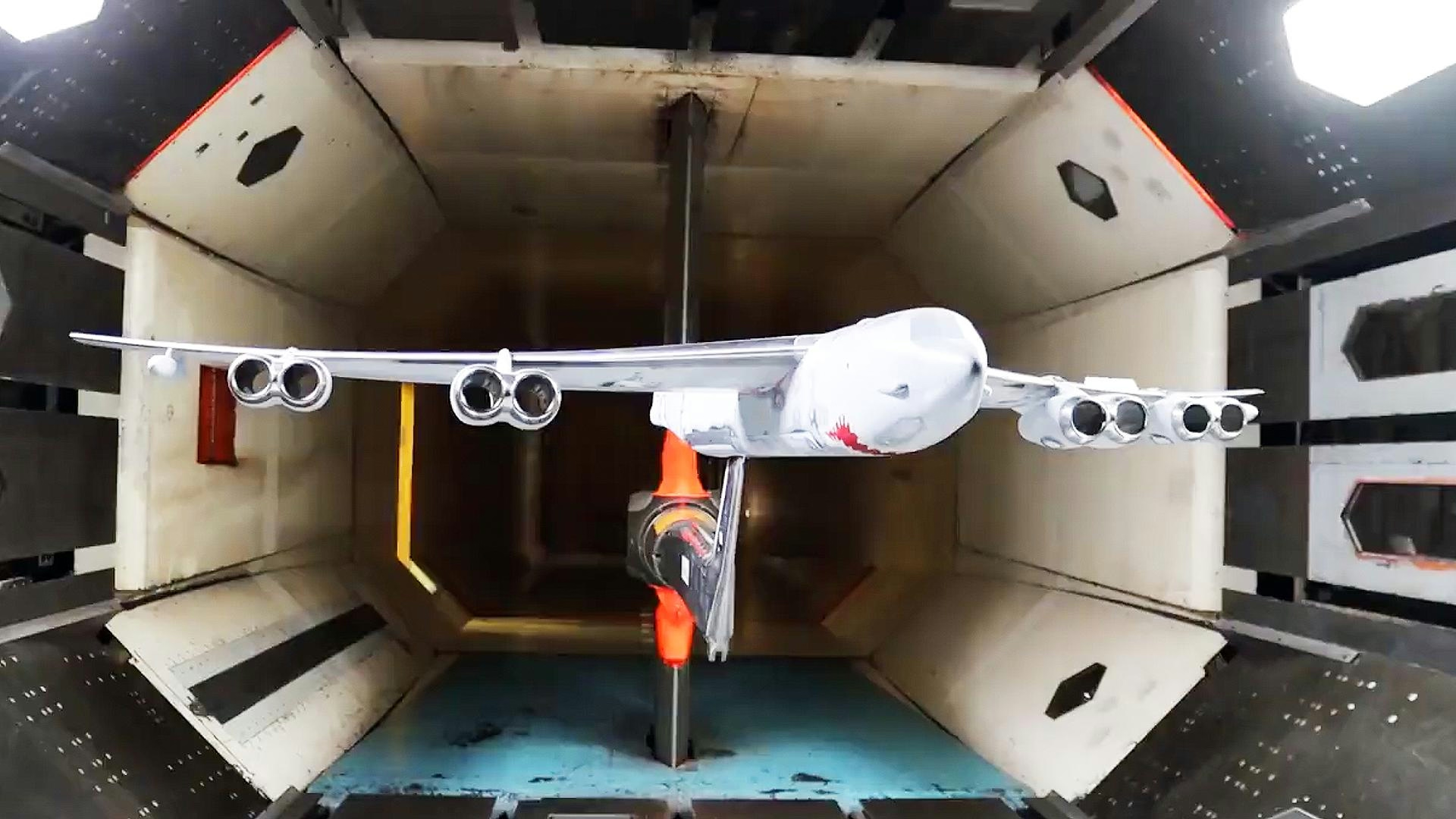
AeroGenie — 您的智能副驾驶。
热门趋势
Categories
Gatwick Airport Approved for Second Runway
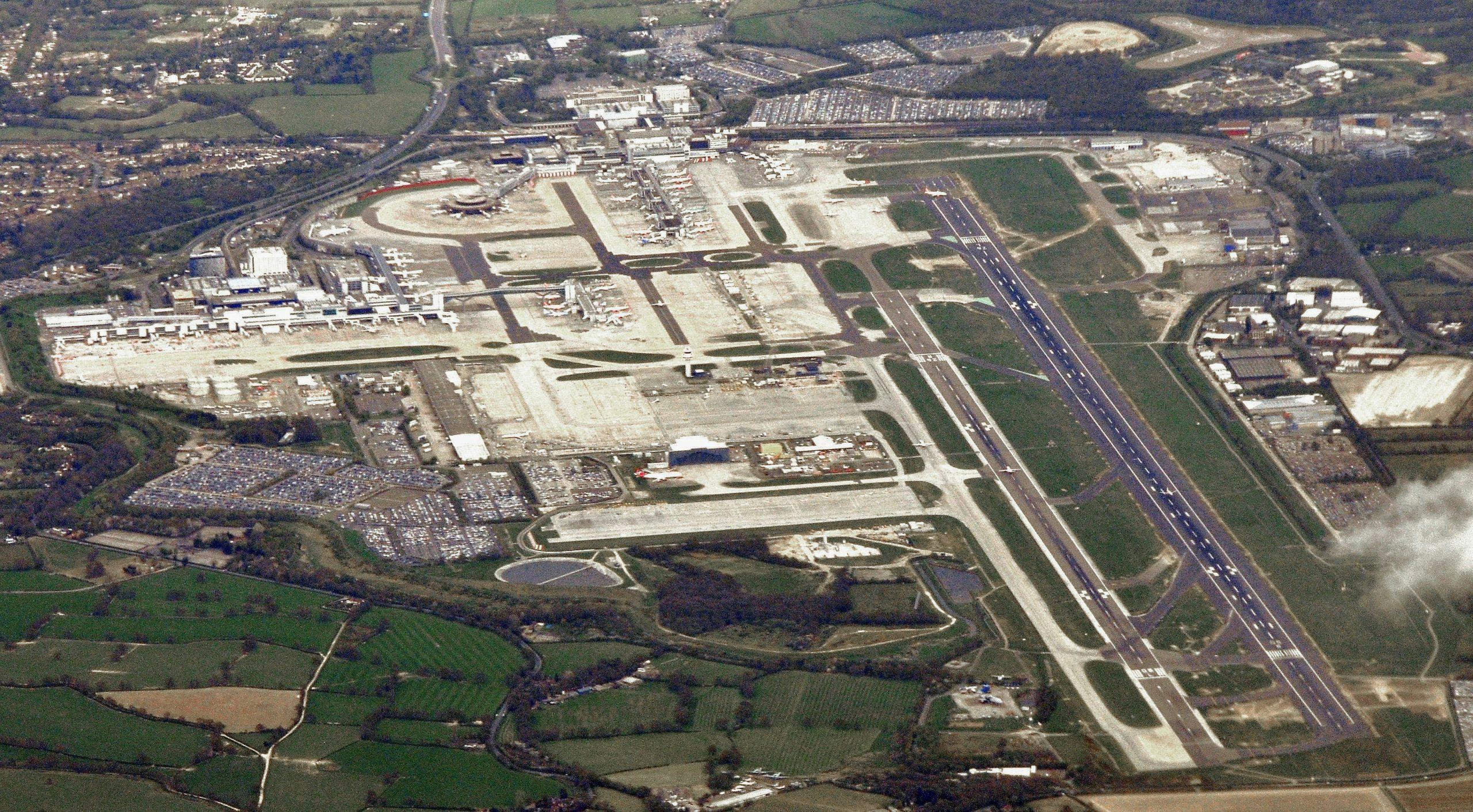
Gatwick Airport Approved for Second Runway
Gatwick Airport has secured approval to construct a second runway, a development anticipated to increase the airport’s annual flight capacity by 100,000 and enable it to handle up to 80 million passengers by the late 2030s. The £2.2 billion (R51.9 billion) project, which is privately financed, will involve relocating the existing northern runway and expanding terminal facilities to accommodate the increased traffic.
Reactions and Environmental Concerns
The decision has elicited a range of responses. Supporters emphasize the potential economic benefits and enhanced connectivity that the expansion could bring. However, local campaigners and environmental groups have expressed strong opposition, raising concerns about the impact on surface transport infrastructure, noise pollution, housing availability, and wastewater management. Zack Polanski, leader of the Green Party, condemned the approval as a “disaster for the climate crisis,” highlighting fears over rising carbon emissions and environmental harm.
In response to these criticisms, Gatwick Airport has committed to implementing stricter noise control measures and an improved insulation scheme for residents living near the airport. The airport has also pledged that 54% of passengers will use public transport before the new runway becomes operational. Gatwick asserts that it has conducted comprehensive assessments of the environmental and community impacts associated with the expansion.
Implications for the Aviation Sector
The runway expansion is likely to prompt rival airports and airlines to reassess their growth strategies. It may also encourage increased investment in sustainability initiatives as competitors seek to address Gatwick’s enhanced capacity and potential market dominance.
Developments in Aviation Technology and Services
In related aviation news, Air France has announced plans to equip 30% of its fleet with Starlink Wi-Fi by the end of this year, aiming for full fleet coverage by the end of 2026. Currently, the service is available on two Embraer 190s and two Airbus A220s, with installations underway on A350 aircraft serving long-haul routes. The Wi-Fi service is complimentary across all cabins, accessible through Flying Blue accounts, and supports multiple devices.
Meanwhile, the US Federal Aviation Authority (FAA) has launched a programme to accelerate the introduction of electric vertical take-off and landing (eVTOL) aircraft. Announced on September 15, the initiative seeks to foster public-private partnerships to develop new regulations and test both piloted and unmanned eVTOL operations, covering short-range air taxis to longer-range flights. Archer Aviation and Joby Aviation are among the first companies participating in this programme.
Additionally, Premium Plaza has reopened its refurbished arrivals lounge in Terminal 3 at London Heathrow after a five-year closure due to the COVID-19 pandemic. The lounge offers workspaces, high-speed Wi-Fi, continental breakfasts, light lunches, and seven shower rooms. Entry prices start at £22 (R515) for a 30-minute shower, with full lounge access available at £36 (R840) for two hours and £60 (R1,400) for four hours.
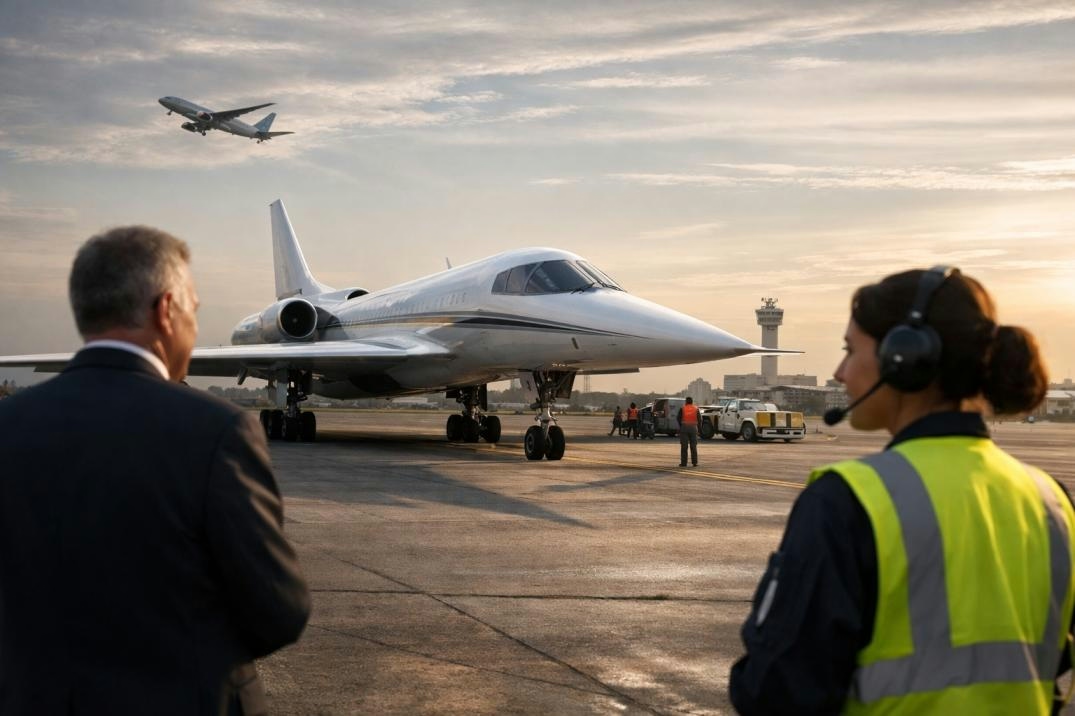
U.S. Plans to Resume Civil Supersonic Flights with Industry Support

The Boeing 747-8: Why It’s Rare on U.S. Routes and How to Experience It Abroad
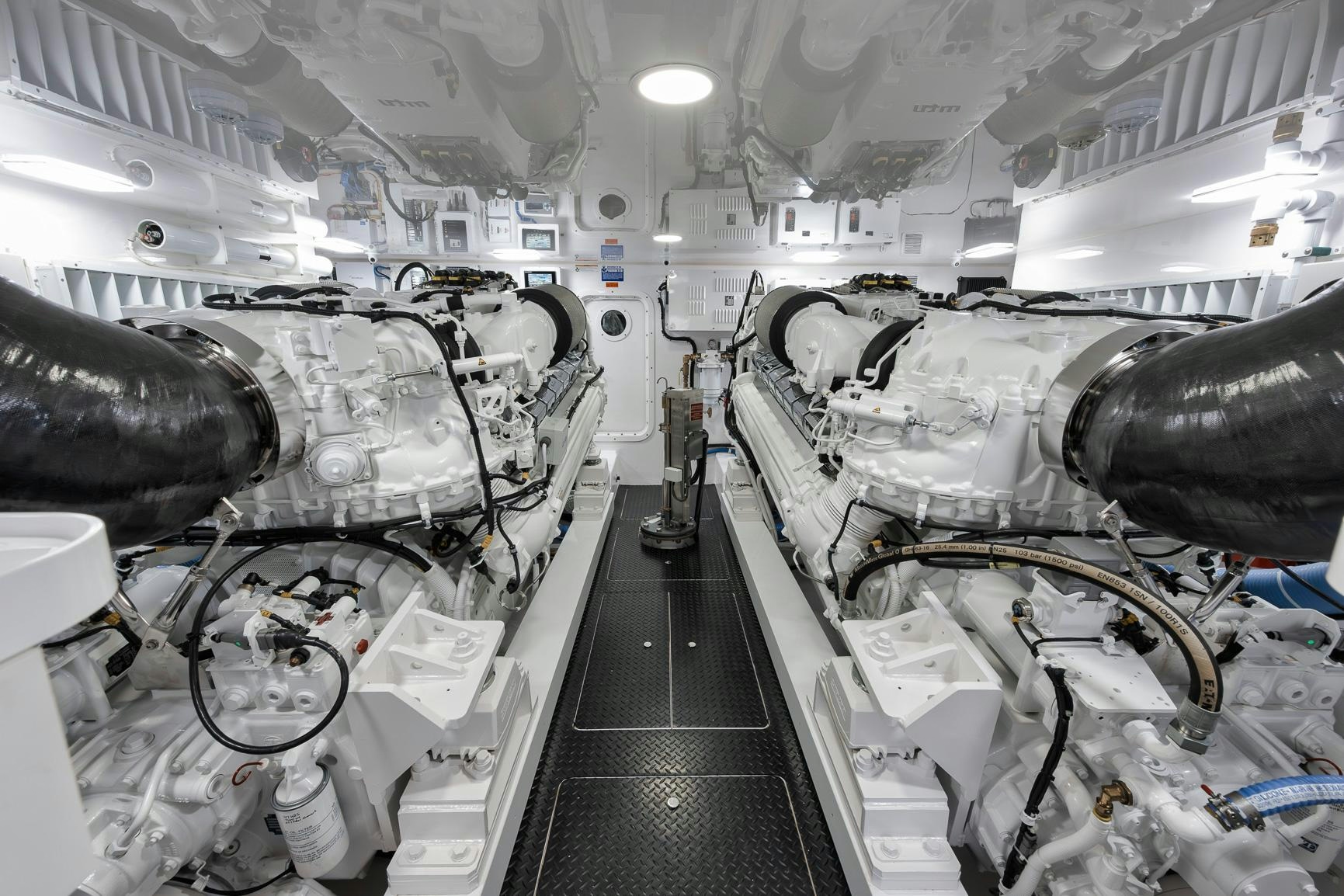
Why Aircraft Engines Lack Screens or Grills
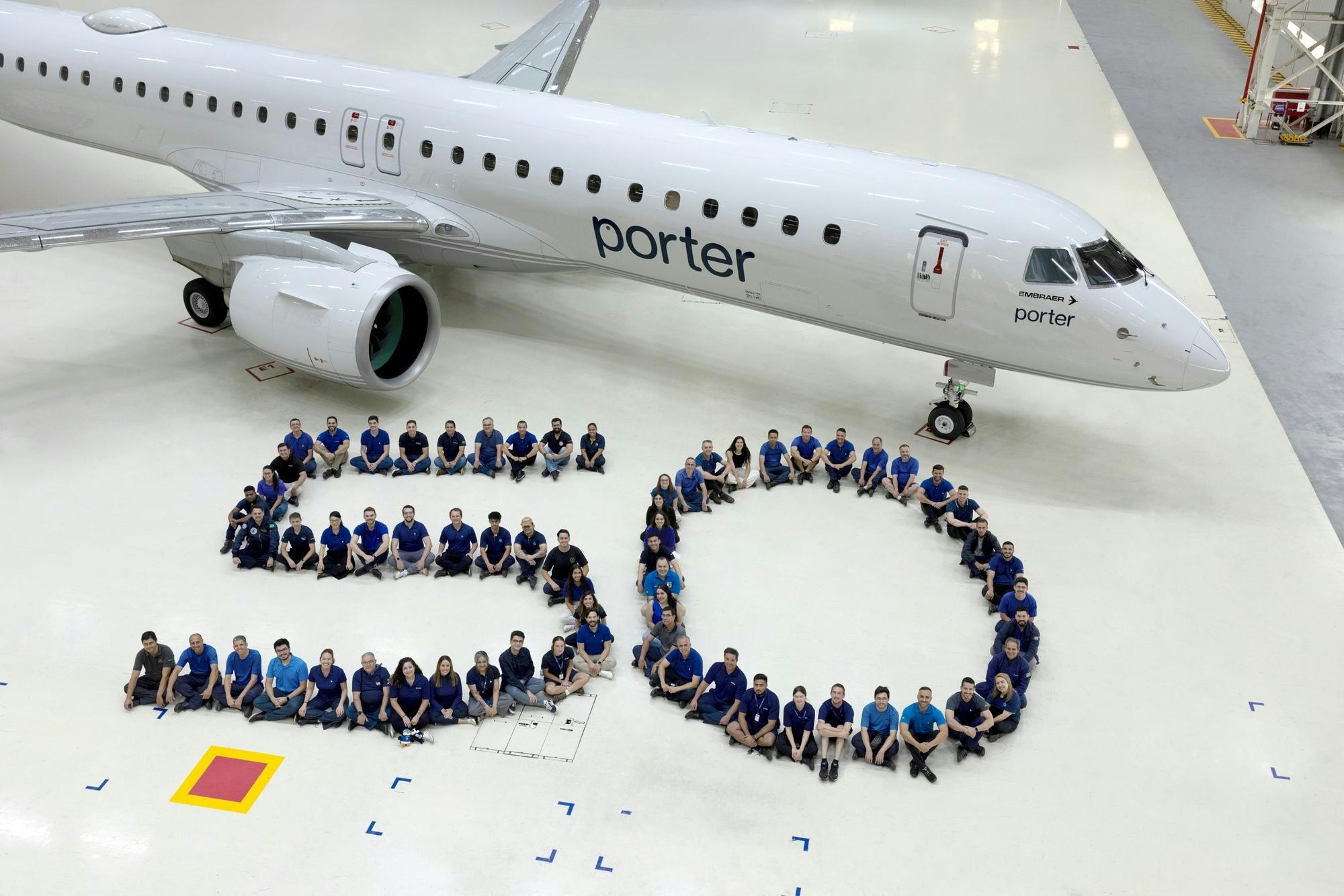
Porter Airlines Receives 50th Embraer E195-E2 Aircraft
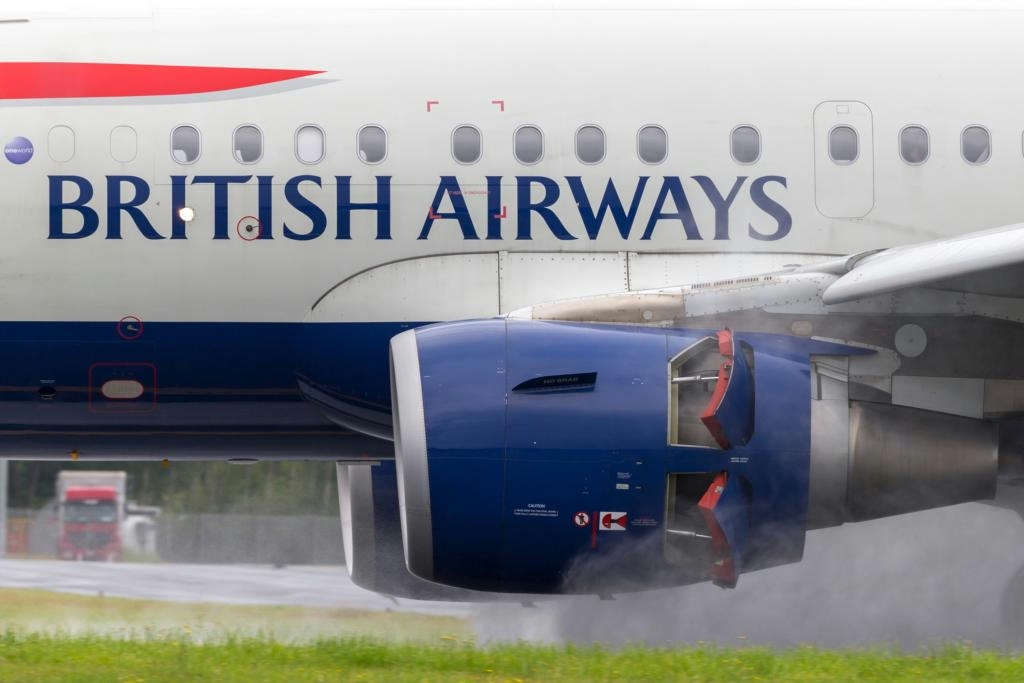
How Aircraft Engines Use Reverse Thrust During Landing

AI-Powered Air Traffic Control Integrated into Home Flight Simulators
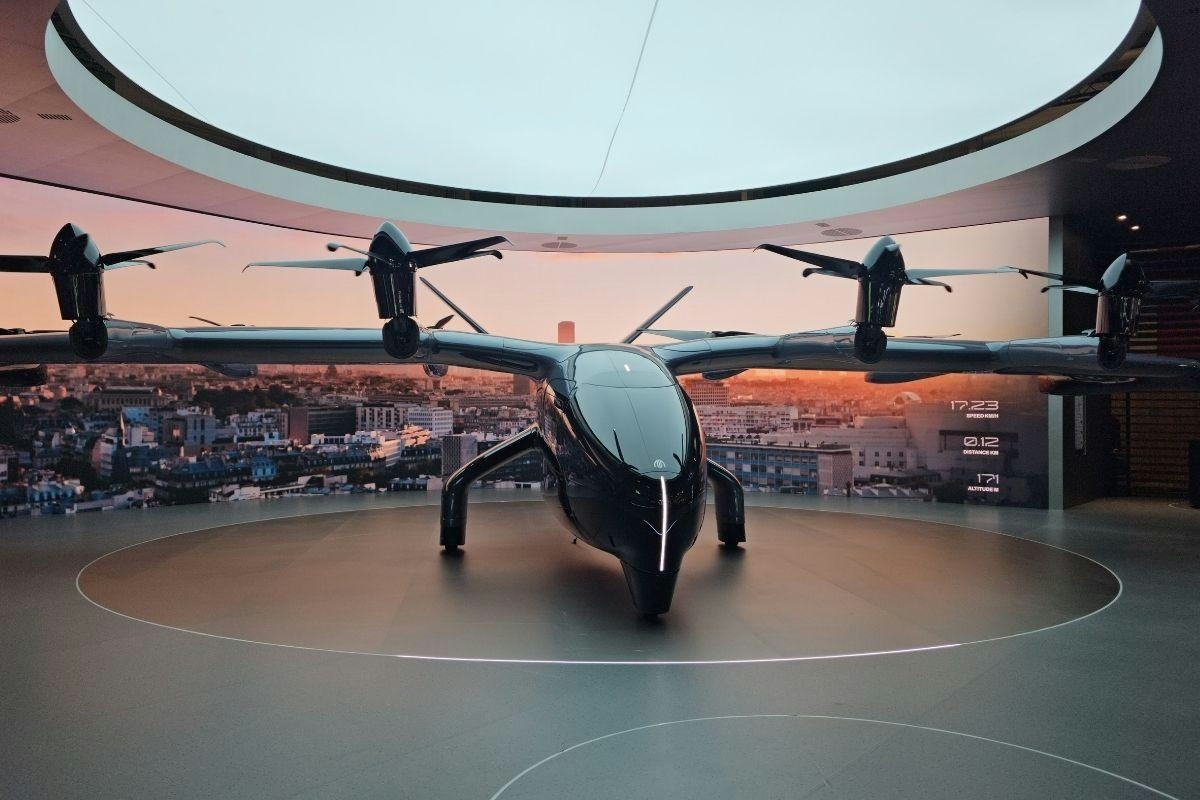
Autonomous Flying Taxis Prepare to Enter U.S. Airspace
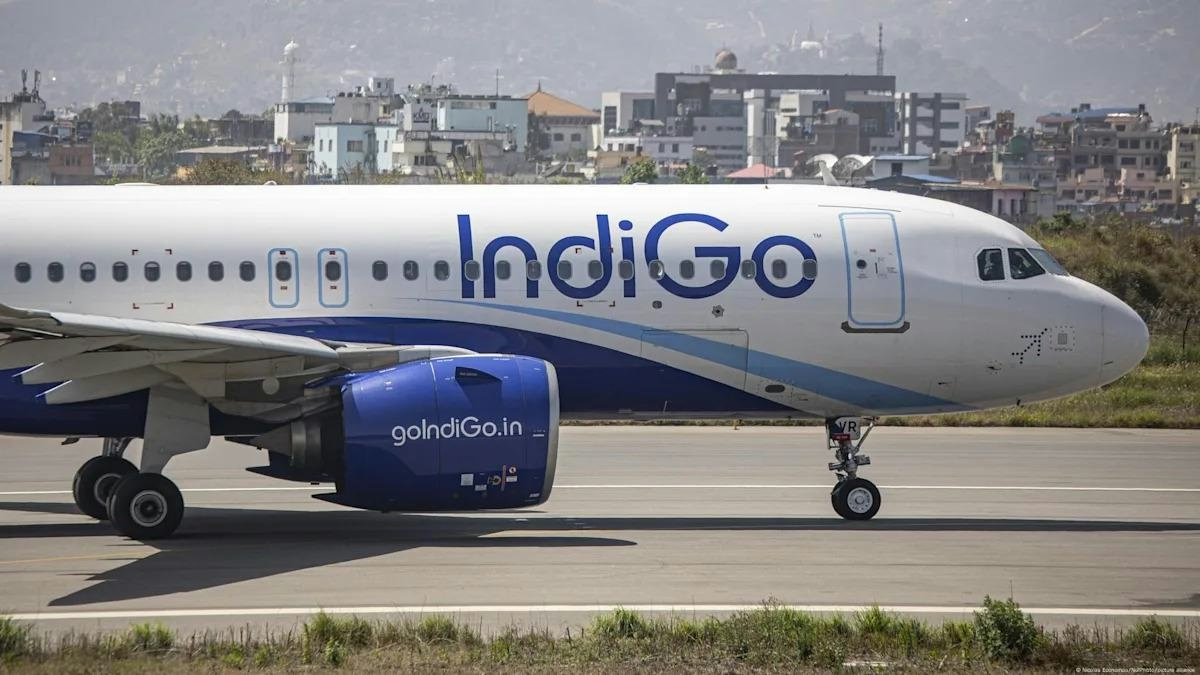
Aviation Ministry Approves Two New Indian Airlines Following IndiGo Crisis
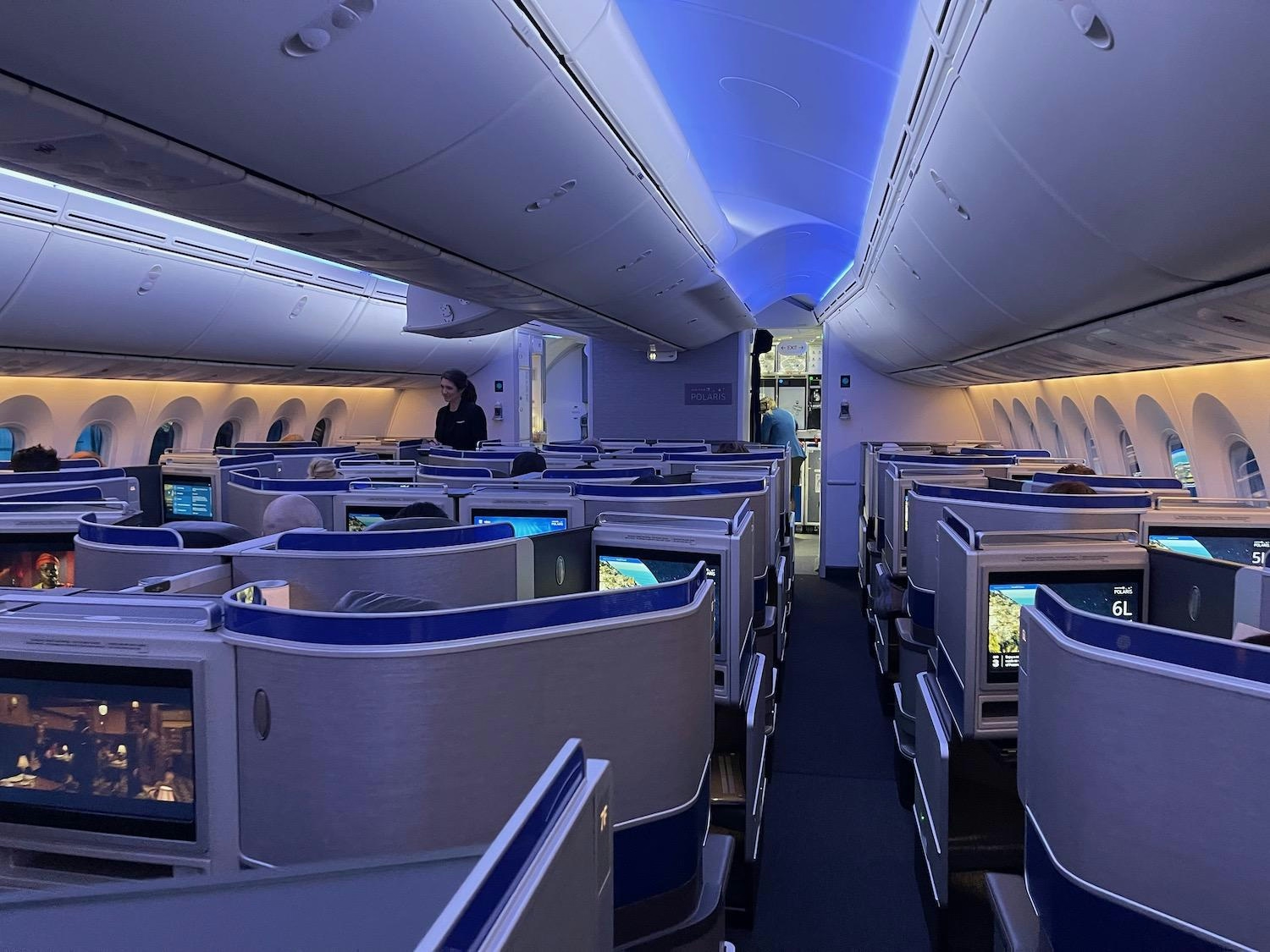
Is the Boeing 787-10 a Viable Option for Delta Air Lines?
